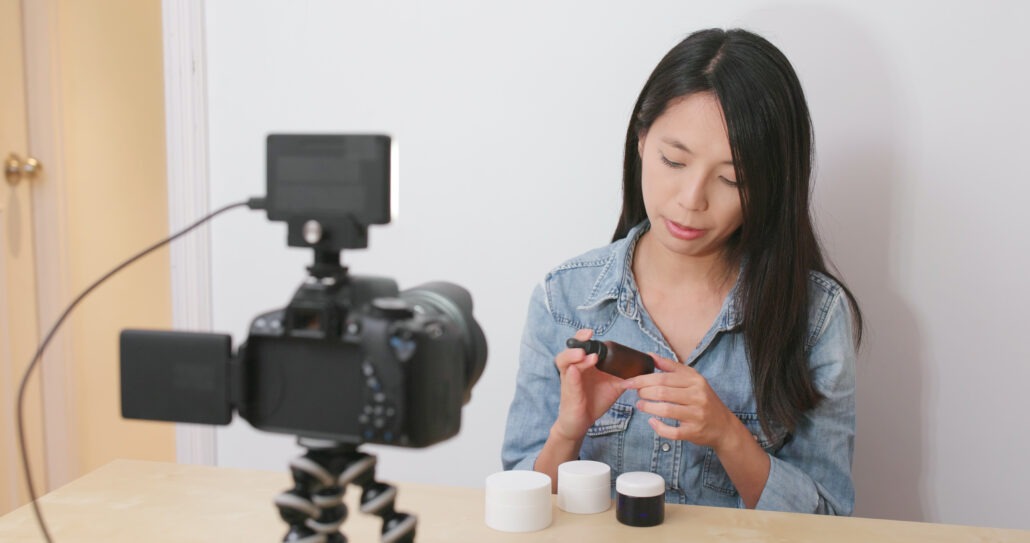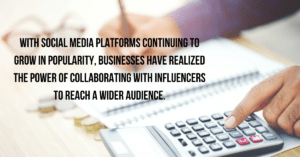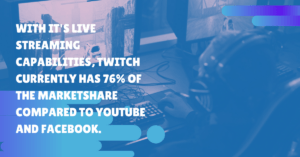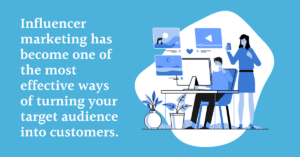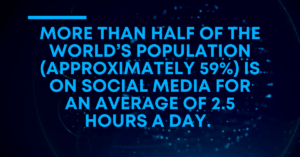When it comes to building brand awareness and authenticity, it’s hard to beat the ROI of content creators’ campaigns. They make it easier for consumers to learn more about your products, and provide that extra bit of personal presentation that can sway their followers into making a purchase. But there’s another resource that you can build on top of that: user-generated content.
Nothing beats the authenticity of an actual consumer going online and showcasing how great your product is. When you make a personal purchasing decision, do you favor personal recommendations from friends over a generalized ad? If you said yes, you’re definitely not alone.
Nothing beats word of mouth to build buzz and raise conversions. But how do you build more of it for your brand? And how do you do it in a way that looks more natural and not transactional? Let us show you a few ways how you can do exactly that, and get more consumers talking for you.
What is User Generated Content?
User-generated content (UGC) is anything specific to a brand that a consumer creates independently that endorses it. It can be a photo on Instagram, a video on Youtube, a review on a website, or a streamer on Twitch endorsing a product while they’re live.
Essentially, UGC is digital word of mouth. As a result, it has tremendous value on top of digital word of mouth because it carries close to the same amount of weight as a personal recommendation to a consumer. Except unlike a person-to-person endorsement, these get in the ears of hundreds to thousands of people, instead of maybe a handful.
It’s been proven time and time again that consumers trust online content from other consumers almost as much as they do personal recommendations. Now imagine putting that to work for your brand online. The return on investment can be truly enormous.
Who Does User Generated Content Come From?
Your customers. They’re the most common source of UGC. If they’re excited about a purchase they made from you, they’ll post about it on their social media. It can be anything from showing off their new pair of jeans, or the delicious new flavor of drink that was just released. Without any urging, many consumers will just organically share content about your brand. Lululemon is a great example of a brand that has a huge audience of customers eager to share information about their products. They even encourage their passionate customers to join their ambassador program, where they get to sample new gear and share their experiences with consumers.
Brand Loyalists. Think of these as super-consumers. Because of that, they look to your brand first when they want to buy something new. They’re big fans of your brand, and will recommend you to anyone in their personal social groups or social media followers. Brands like StockX capitalize on this trend. StockX’s website not only gives sneaker enthusiasts a place to buy new sneakers and sell their old ones, they also run blog posts and other information sources to help their customer base grow their knowledge on the topics. By reading and sharing these posts, sneakerheads also help grow the hobby to other potential customers.
Employees. Your employees can be a valuable source of UGC as well. Nothing says a brand is a good quality like a positive endorsement from someone who works with it behind the scenes. It’s even better if they share testimonials about how great it is to work for your brand, or how well you treat them. It’s hard to beat that level of authenticity. Brands like Trader Joe’s and Starbucks often make the news for how they strive to take care of their employees. They keep their wages competitive, provide benefits, and even help their employees pay for school tuition.
How does User Generated Content Help Your Brand?
Authenticity. Like we touched on before, this is a massive value to your brand. Consumers are more likely to pay attention to content that is organic over a paid ad spot. They’re more inclined to think it’s more objectively favoring your products instead of being biased. It’s over twice as likely that they’ll view it that way, in fact.
Brand Awareness. The more consumers that talk about your brand online, the more word of mouth will spread and build your brand awareness. The more your existing customers share content about you on their social media, the more likely new audiences will discover your brand.
Community building. People enjoy being part of something larger. Whether it’s teams, clubs, or other groups that give them some amount of identity, consumers gravitate toward them. It’s also fun to meet people with similar interests. Unsurprisingly, some consumers enjoy joining an exclusive social circle that comes with owning a certain brand. Brands like Subaru encourage this, with a car culture with an extended set of rules and etiquette to identify each other by.
Trust. Similar to authenticity, user-generated content builds confidence from possible consumers. If other people just like them are satisfied with your product, why wouldn’t they enjoy it too? It makes it easier for them to connect those dots and take a chance on your product.
Creativity. User-generated content is also incredibly versatile. You can encourage consumers to submit pictures of them wearing your brand, and get a chance to be a model for your brand on a gallery page. You can use video testimonials as a way to showcase consumers’ favorite features, or to talk about why they picked your brand. The limit really is only held back by your imagination.
How does your brand get more User Generated Content?
Social media. This is the easiest way to connect with your customer base and encourage them to submit content. If your brand doesn’t already have its own hashtag, it’s time to start one. Users can share their photos and videos on places like Instagram, TikTok, and Twitter to share your products with others. If your brand ends up in a hashtag on a post that also has #tiktokmademebuyit, your brand could get a viral response overnight.
Reviews. Reviews are a valuable resource. Consumers are far more likely to purchase a product after reading a detailed review. Encourage your existing customers to write a review, and entice them by giving them a discount on their next purchase. If your products have a large amount of positive reviews, your conversions will rise.
Contests. Your brand can set up a contest encouraging customers to submit videos explaining why they chose your product. Having a consumer describe why it’s a good purchase for others goes a long way. Many consumers are more than happy to spend a few minutes of their time for the chance at winning a big prize.
In-store promotion. If your brand has a brick-and-mortar presence, you can put up signs encouraging them to review your products on social media. Also, you can host exclusive events in-person, with the promise of special merchandise or discounts if they come and participate. And once they’re in your store, there are any number of ways you can use their participation to further your brand awareness and content.
Listen to your customers. Just keeping your finger on the pulse of your customer base can go a long way. If you’re noticing a lot of hype online for a product you make that doesn’t usually get featured on your promotions, consider making it a more prominent part of upcoming campaigns. Or if you see complaints about how you stopped making a product in a certain color or style that an audience really like, consider bringing it back with a large promotion. These kinds of moves show that you listen, which will build trust and brand loyalty in those audiences.
How can Influencers Help You Get More From Your Customers?
Working with an influencer can dramatically speed up the interaction between your brand and consumers. Your influencers can promote your new initiative and promotions, and encourage their followers to participate. This is especially true among micro-influencers. Many of their followers will jump at the chance to support your brand if you’re supporting their favorite influencer.
But influencers also have the advantage of helping you identify key demographics you want to reach. They help you reach more segmented audiences and get more content that you want from the audiences you want it from. Do you want more of the Gen Z crowd making content in response? You can find an influencer to help you there. Do you want a crowd of established professionals in their 40s? They can help you with that too.
Influencers are versatile in how they can both help promote your product directly to consumers. But they can also amplify and rally other consumers to further your cause as well. So leverage them both well, and you’ll see massive returns on investment.
Sideqik Knows Influencers
Ready to work with an influencer to get more user-generated content?
Sideqik’s platform allows your brand to not only source the influencers that match your brand’s standards but track their creator campaigns for your products through robust social commerce integrations. We offer an end-to-end suite of services for your influencer campaigns, including over 20+ million influencer profiles that appeal to hundreds of interests. From micro-influencers with intimate access to their audiences with niche interests to mega influencers that are household names with unmatched reach, Sideqik has them all.
Interested in how Sideqik can help you elevate your brand with influencer campaigns and keep you ahead of changes like these? Contact us today for a free demo.
Spring is finally here, and it brings marketing opportunities with it. Learn more about ways your brand can get involved.
Joshua Smith
Latest posts by Joshua Smith (see all)
- Top LGTBQ+ Influencers to Watch in Pride Month 2022 - June 17, 2022
- How Your Brand Can Find TikTok Influencers To Reach New Audiences - June 14, 2022
- Youtubers That Are Making an Impact on Brands - June 1, 2022

